I'm sure you've asked yourself this question over and over again. I am sure, too, that you have regularly heard your partner say to you: “play it after!” or "hold on !” or even worse:you made the wrong choice. It had to be played before/after the glass!!”
How to choose quickly and well?
The general tacit rule says that if the ball falls in the square, it must be played live (ie after the rebound, tennis type); if the ball falls behind the line of the square, it is necessary to pass. This is true most of the time, but some exceptions exist, especially when the level goes up.
In fact, if you play padel recently, you can without great risk apply this recipe. If you play at a more advanced level, if you compete or if you want to progress, sometimes you have to do things differently. But when ? How? 'Or' What ?
When to play after the glass?
As I said above, if the rebound is behind the square line, pass! Unless the ball is very low or very slow because the bounce after the glass will be too low to expect to make a good shot at that time.
If the ball is lifted by your opponents or if it is high, you will have a good chance of being able to play it after the glass.
My advice: let go as often as possible, even if it seems impossible to you at first. You will see that, finally, we can play a lot of balls after one or two windows.
My second piece of advice: it is better to make a mistake by passing, than to play before the glass and never understand which ball can be played before or after the glass.
My third piece of advice: when warming up, practice always letting things go, even if it means playing after a second rebound. Eventually, your brain and your eye will understand when it is possible to pass without risk, and when it is better to play live.
Remember that the more you let the ball pass, the more it will be slowed down and therefore slower to play than a live ball. The objective, as we say in padel, is that the glass becomes your friend!
How to play after the glass?
The first thing to do is to prepare your shot mentally. That is to say, you have to know right away that you are going to play the ball that comes to you after the window (see my advice given above, to get to know early).
At that moment, we technically and physically prepare our shot: early orientation of the shoulders to turn and the racket is behind us; first step to get out of the way of the ball.
Regarding preparation, it is important to prepare your racquet at the level reached by the ball when it hits the glass. In other words, if the ball bounces off the glass at your head level, the preparation must be at your head level. If the ball rebounds, on the glass, at the height of your knees, the preparation must be done at the level of your knees...
If the ball is going to come out of the glass a lot, the first step will be to the side to let the ball pass behind us. While keeping our shoulders turned, we will "just" have to adjust ourselves correctly to hit the ball.
If the ball leaves the window only a little, the first step will be backwards (by turning your shoulders immediately), so that the body remains behind the ball after it has left the window. It will then be necessary to take small steps to adjust the placement correctly.
Be prepared to get level with the ball (often you will have to bend your knees to get the hitting platform at waist level), and keep your head straight. This will help you control the ball well at impact.
Where to play after the glass?
Tactically there is a simple rule in padel. If you feel in an unfavorable situation you have to play down! Yes, yes, you read correctly: we are not well, we play a tense shot (note: I did not say play hard, I said a low, tense shot. say that we absolutely avoid lobbing when we find ourselves in a delicate position).
Why ? Because we have about 9 out of 10 chances of missing the lob (unforced error) or giving a finishing ball to our opponents. It is better to miss while playing low than to attempt a lob. The more you play tactically, the more you will succeed and progress in this sport.
If you are in a favorable or neutral situation, it is better to choose to lob the opponents. Why ? To force them to back up to play a ball behind them; and on your side, take back the net. This is your main mission at padel : keep the net, make the opposing team move and leave them in the back. The closer you are to the net, the more surface you have to play the ball (and therefore the opportunity to move the opposing team).
Then, it's up to you to deal with your strengths (and weaknesses), as well as those of your opponents. If you master the lobs perfectly, lob deep aggressively (sliced lob that dies in the back panes). If you have seen that one of your opponents does not know how to manage high balls or those on his backhand for example, go for it! Play fair, play smart! In any case, if you don't know where to play, play in the center! You will always be right, to play in the middle padel.
Questions, remarks? It's yours !
¡Que disfruten!
Line Meites is one of the best French players in padel. It's the voice of your live on Padel Magazine. But not only, she also hosts the column “Investigations of the Swiss Army Knife”. Every month, she will come back to a controversy or a theme that is close to her heart.




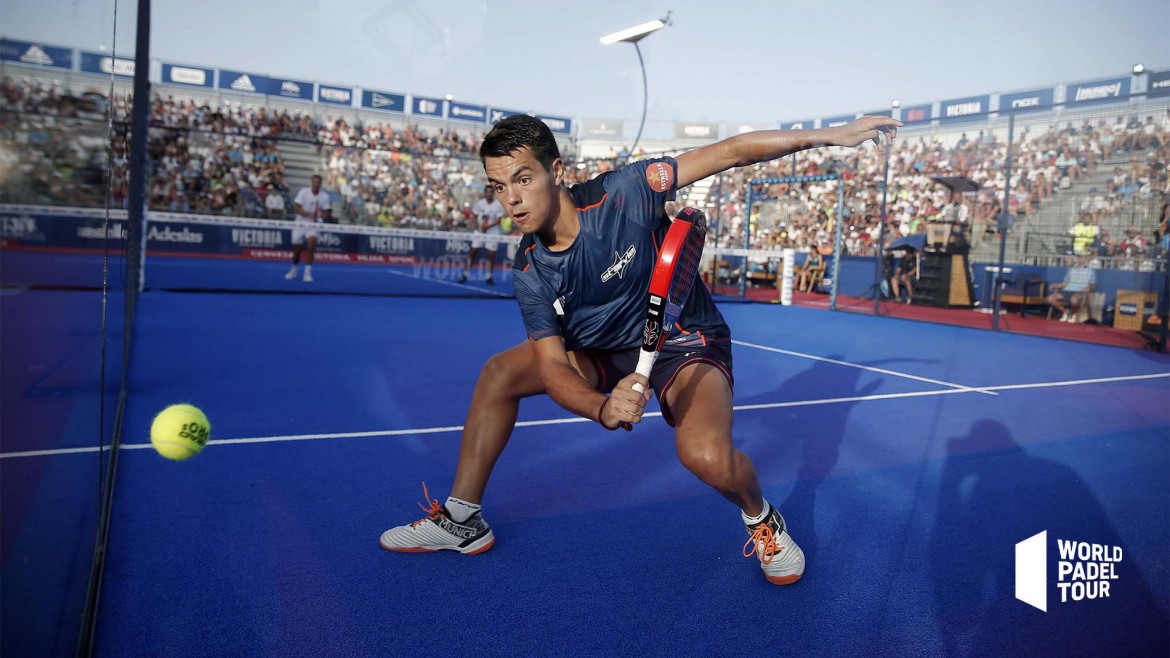











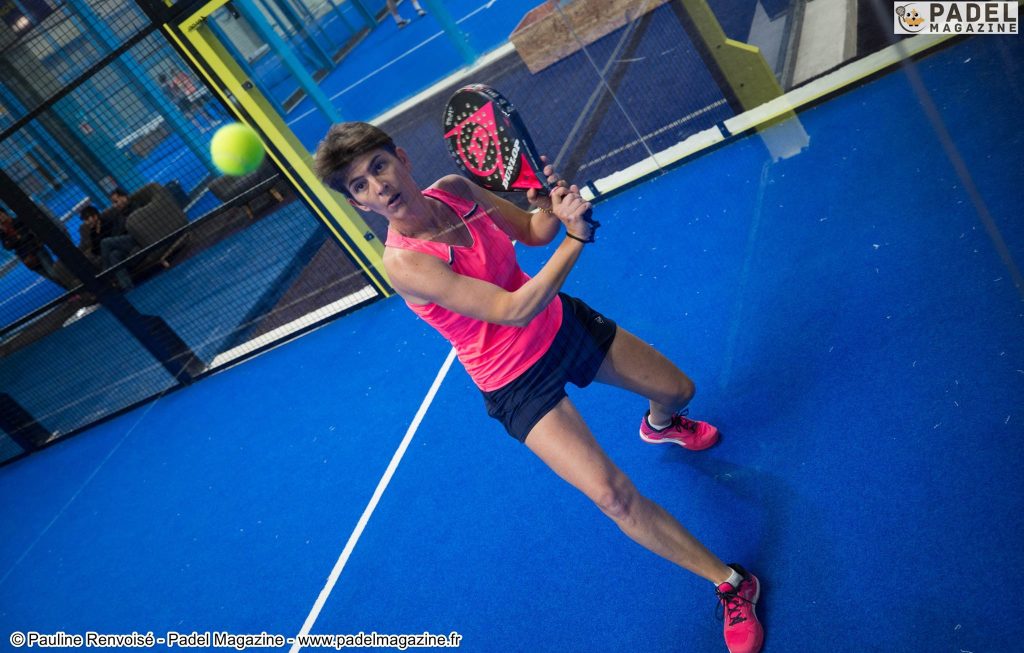
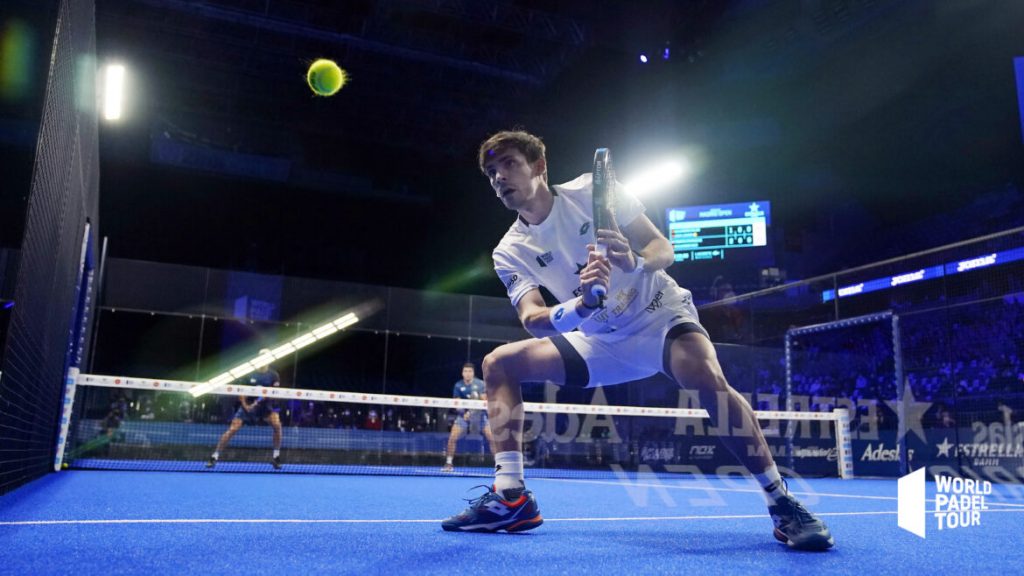





















































































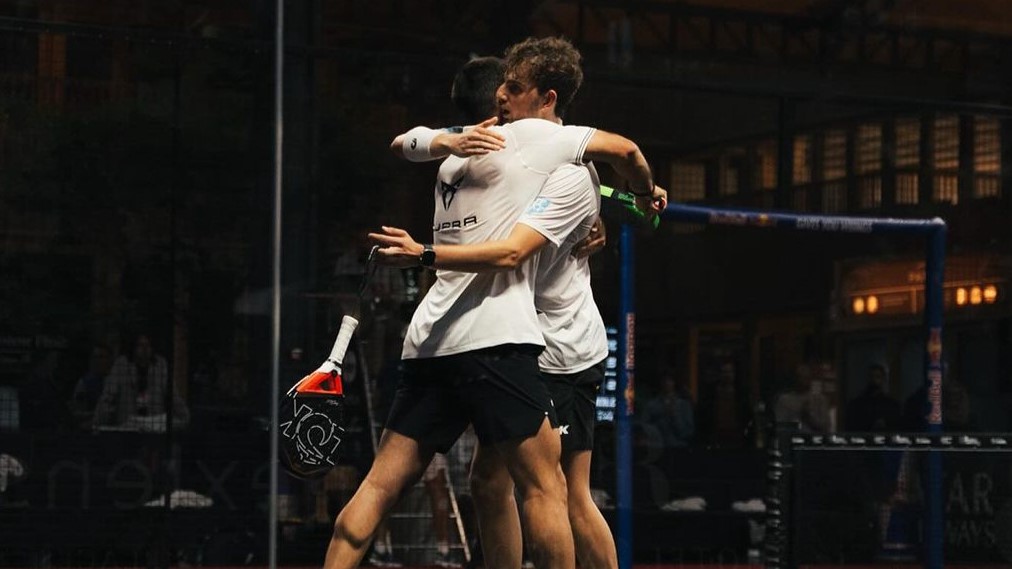 Premier Padel Brussels P2 – Mike Yanguas and Javi Garrido once again take the advantage over Stupa / Di Nenno
Premier Padel Brussels P2 – Mike Yanguas and Javi Garrido once again take the advantage over Stupa / Di Nenno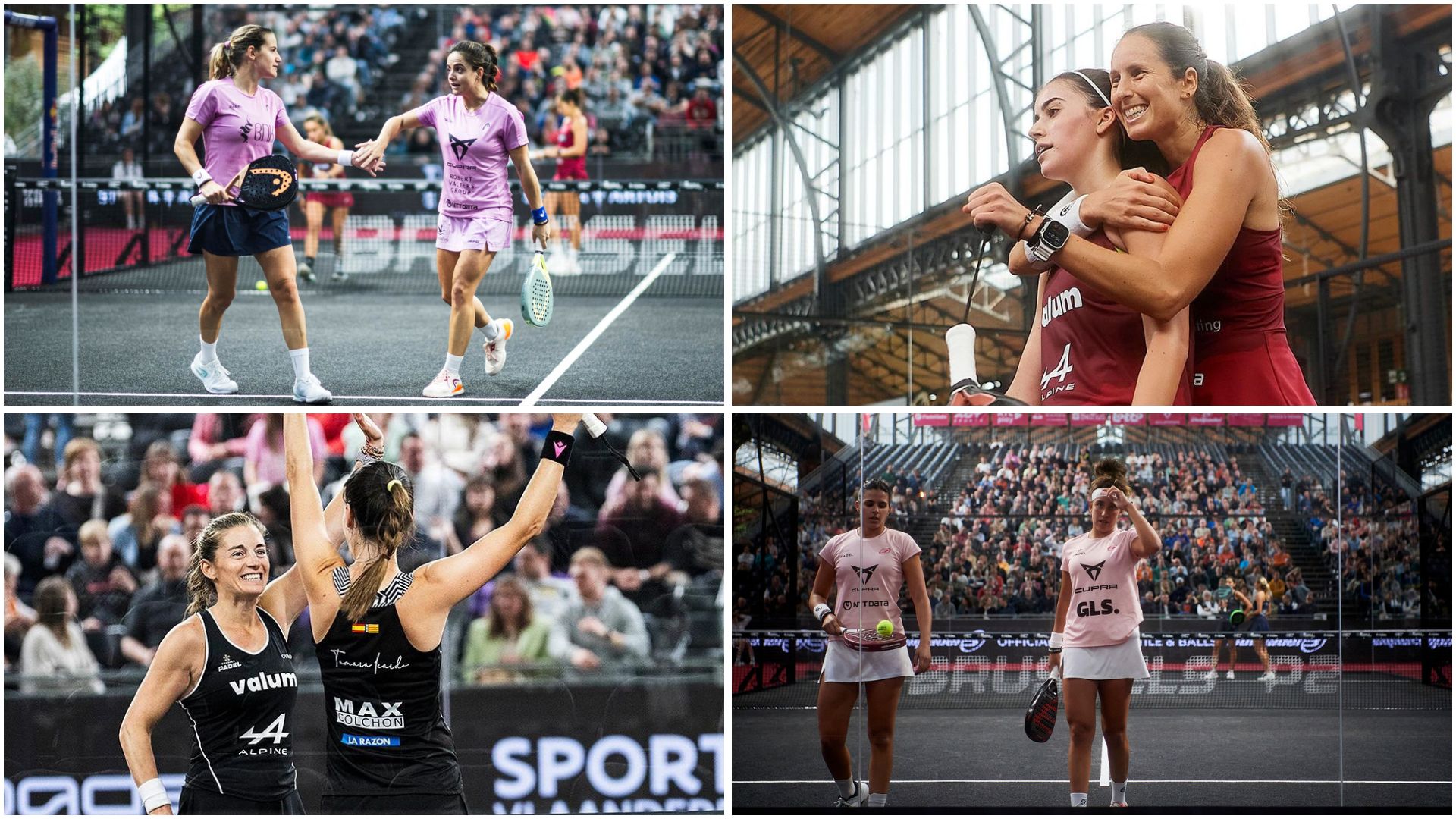 Premier Padel Brussels P2 – The women’s Big 4 at the semi-finals!
Premier Padel Brussels P2 – The women’s Big 4 at the semi-finals! Premier Padel Brussels P2 – Sanz and Nieto win a big fight against Lebron / Navarro!
Premier Padel Brussels P2 – Sanz and Nieto win a big fight against Lebron / Navarro! Guillaume Codron de Sud Padel : “A family project”
Guillaume Codron de Sud Padel : “A family project” Nallé Grinda: “Democratize the padel in the USA with PadelX "
Nallé Grinda: “Democratize the padel in the USA with PadelX " Simon Boissé: “We know that there are two nations in front of us”
Simon Boissé: “We know that there are two nations in front of us” Marie Maligo: “This period of frequent changes of partners was beneficial for me”
Marie Maligo: “This period of frequent changes of partners was beneficial for me” Gilles Moretton: “We will be able to put the padel at the level of tennis”
Gilles Moretton: “We will be able to put the padel at the level of tennis” Two P1000 doubled prize money approaching!
Two P1000 doubled prize money approaching! José Manuel Escin at the inauguration of Casa Padel DOS: “Finally, and thank you!”
José Manuel Escin at the inauguration of Casa Padel DOS: “Finally, and thank you!”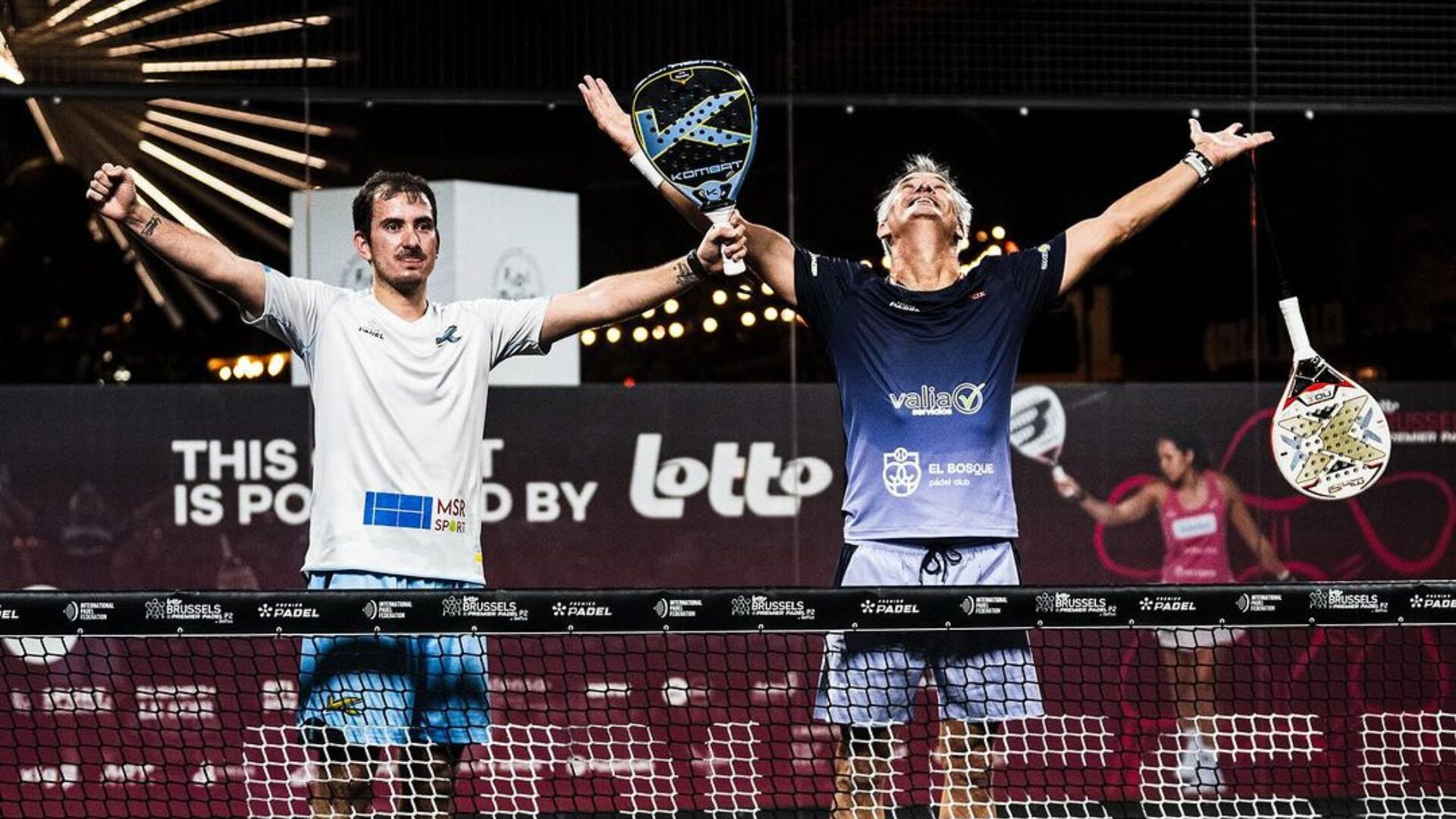 Miguel Lamperti: three tie-breaks and a return to the quarter-finals!
Miguel Lamperti: three tie-breaks and a return to the quarter-finals!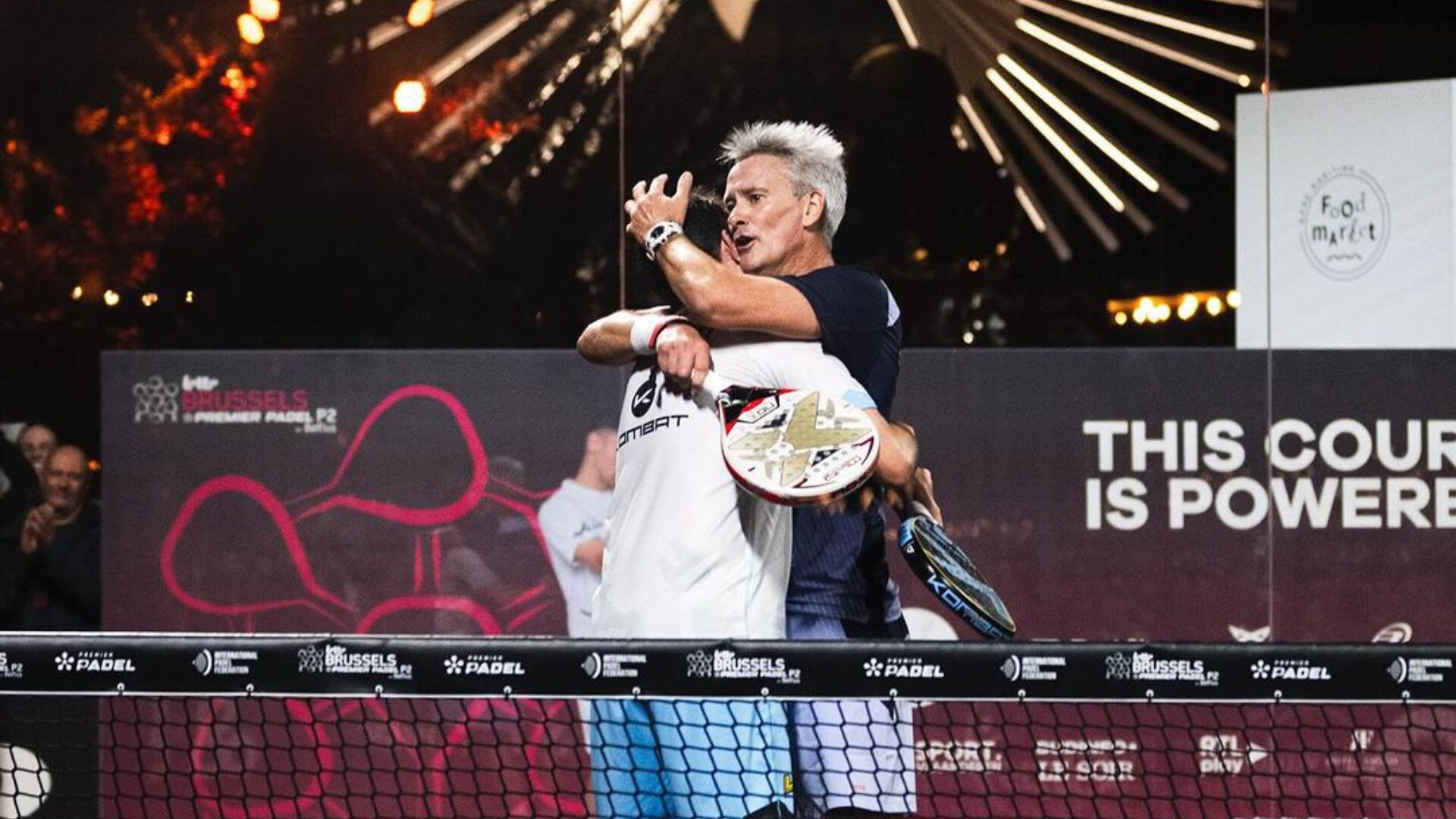 Big evening in Brussels with two seeded players on the mat, heckled number 1s…
Big evening in Brussels with two seeded players on the mat, heckled number 1s… A1 Padel – the French Open replaces the Mexican Open on the calendar
A1 Padel – the French Open replaces the Mexican Open on the calendar Padel Score comes to Tahiti for American Express Padel Cup!
Padel Score comes to Tahiti for American Express Padel Cup! Do you know the Rafa Nadal Academy Tour?
Do you know the Rafa Nadal Academy Tour? Play at padel on his yacht? Possible for €233.000!
Play at padel on his yacht? Possible for €233.000! Our Top 10 training courses padel in France and Europe
Our Top 10 training courses padel in France and Europe At the heart of padel – Episode 25: Paul and Andoni answer your questions
At the heart of padel – Episode 25: Paul and Andoni answer your questions Tactical padel – What to do when faced with players who systematically stay at the bottom?
Tactical padel – What to do when faced with players who systematically stay at the bottom? The basic tactics of padel
The basic tactics of padel At the heart of padel – Episode 25: Paul and Andoni answer your questions
At the heart of padel – Episode 25: Paul and Andoni answer your questions At the heart of padel – Episode 23: defend the window well
At the heart of padel – Episode 23: defend the window well Prohibition on playing topless Padel : the reasons
Prohibition on playing topless Padel : the reasons FIP Tour – Going far from Europe, THE strategy to earn points!
FIP Tour – Going far from Europe, THE strategy to earn points! What is a good football player? padel ?
What is a good football player? padel ? “Lefties give me headaches when I play against them!”
“Lefties give me headaches when I play against them!” At the heart of padel – Episode 14: how to earn points in winter?
At the heart of padel – Episode 14: how to earn points in winter? A par 4 is always a winner...even if you manage to defend it!
A par 4 is always a winner...even if you manage to defend it! Carbon fiber VS fiberglass: what to choose?
Carbon fiber VS fiberglass: what to choose? How to effectively test a racket padel ?
How to effectively test a racket padel ? La padel to fight Parkinson's disease
La padel to fight Parkinson's disease Don't play with a cracked or broken racket, your body will thank you!
Don't play with a cracked or broken racket, your body will thank you! Michel Cymes: “The padel, physically, it’s serious!”
Michel Cymes: “The padel, physically, it’s serious!” Jeremy Gala: “Promote the padel among young people in Belgium remains a challenge”
Jeremy Gala: “Promote the padel among young people in Belgium remains a challenge” The French Touch Academy organizes its selection day Padel-Study
The French Touch Academy organizes its selection day Padel-Study Report on the detection and training of younger generations
Report on the detection and training of younger generations